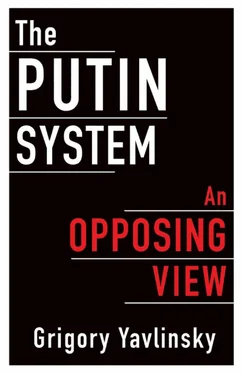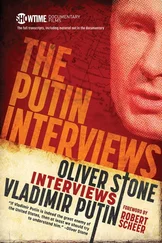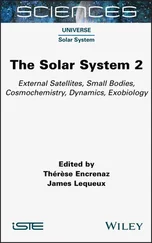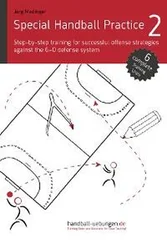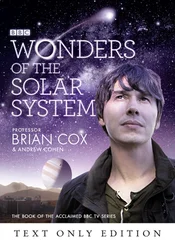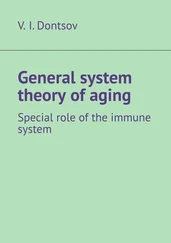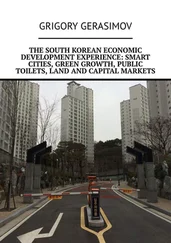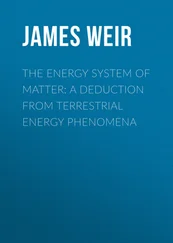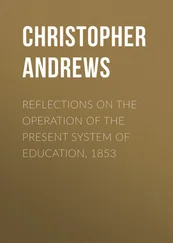It is true that the 1990s were indeed characterized by deeper contradictions and the fragmentation within the power elite as well as by the absence of a cohesive, dominant group tightly knit together through rigid internal discipline. It is also true that Boris Yeltsin, Russia’s chief executive at the time, relied—had to rely—to a greater extent upon political maneuvering among various interest groups. This created an illusion of a genuine political pluralism, not only in public life but also in the process of determining government policies in a wide range of areas.
Nevertheless, it would be disingenuous, if not outright shameless, to present the 1990s in Russia as a time of the blossoming of parliamentary government, under which the next team of key officeholders is determined through elections whose outcome has not been fixed in advance. Back then, just as in today’s Russia, the composition of these teams was decided by the arbitrary will of one man who had been brought by the course of events (and to a large extent by happenstance) to the top of the government hierarchy. And just as in today’s Russia, the correlation of power among different groups and factions within the system of government had nothing to do with the results of an election. Instead, it reflected the personal considerations and calculations of that sole individual—Boris Yeltsin—taking into account objectively available opportunities as well as risks. And when one speaks of the “antidemocratic” trends in the first decade of this century, we must keep in mind that these trends did not reflect some kind of a metamorphosis of the political machine and of the elite that was using it. Rather, it represented the ongoing consolidation and simplification of this elite in response to the government’s offer of less disruptive and historically more familiar foundations and frameworks for its functioning.
In other words, for Russia, the turn of the twenty-first century was no turning point. There was no switch from one set of principles and one system of governance to a different one. What happened around the year 2000, instead, was that the system of rule that had already taken shape by then had become structured and, in its own way, accomplished, having acquired a clear internal logic for its functioning, and then transitioned into a new stage of its existence. This was the stage of the system’s greater maturity and, so to speak, overtness. At this new stage, the basic principles of the organization of governance became fully expressed in accordance with the logic of those principles, in the relatively undisguised form of the institutions of a more fiercely authoritarian state, operating in a capitalist environment but on the periphery of the global capitalist system. To put it differently, the past two decades of Russia’s socioeconomic and political development produced a system that is by and large reflective of the characteristics and the global role of Russia’s peripheral capitalism. This is what I call a political system of peripheral authoritarianism, and it has had adverse consequences for Russia to this day.
2
RUSSIA TODAY
The History of How and Why It Came to Be
DEFINING THE POLITICAL FRAMEWORK OF RUSSIA’S CAPITALISM
My take on the political system of present-day Russia is that it is an authoritarian country of a peripheral, or marginal, type. Let me clarify: for me, this characterization is not a means to denounce the country or to slap Russia’s government with a negative, op-ed-style label. I see it as first and foremost an accurate and unbiased assessment of the realities of today’s Russia. Such an assessment is not intended to give rise to emotions and value judgments. Each of us lives within a certain frame of reference, a sociopolitical environment that we need to comprehend in order to take advantage of it, rather than ignoring it as a priori defective.
This is not to say that we ought to eliminate our personal bias toward such a system and simply accept today’s Russia. To the contrary, I continue to think that a thorough political reform would be in Russia’s interest as well. The kind of reform that I envision here would lead to the following outcomes:
• altering the principles upon which Russia’s institutions of government are currently formed;
• establishing a governance structure that would include, perhaps for the first time in Russia’s history, a significant element of political competition and the devolution of power;
• transferring a significant part of the resources controlled by the authorities from the present single center of power in the Kremlin to various lower layers and to other branches of government; and
• affirming the requirement for a regular alternation of political forces in government, as well as creating a mechanism of overall accountability of all government institutions to each other and of responsibility for any violation of established procedures.
Clearly, such a reform would imply a comprehensive dismantling of the relations of authority that are currently in place, even though it would not involve revolutionary upheavals and a breakdown of the institutions of government as such.
Nevertheless, I believe it is more appropriate first to gain a clear and precise understanding of how Russia’s machinery of governance works today, to trace the path of its formation, and to make sense of the mechanisms that are currently in place. We need this knowledge as the basis for steering the course of events in the country at least to safety, if not in the ideal desirable direction. And for this we need to address our recent history, beginning first and foremost with the developments of the first decade of the twenty-first century, which was also the first decade of Vladimir Putin’s rule.
As I mentioned earlier, I do not view the year 2000, when Putin was elected to Russia’s presidency for the first time—or, as many others do, the first years of his term (2002 or 2003)—as a watershed moment. It was not really a turnaround of any kind that changed the direction of the development of Russia’s political system from a putatively democratic track toward something opposite, toward the dismantling of the institutions of democracy and the restricting of political freedoms in every possible way. To the contrary, I believe that the entire period since the collapse of the Soviet state has seen a continuous consolidation of the authoritarian power of the bureaucracy, operating under the distinctive conditions of Russia’s peripheral capitalism. But, to substantiate this argument, we first need to sort out the terminology and the notions behind it, as is necessary for a truly meaningful analysis of any political system.
Before turning to terminology, let me add a few caveats that will put subsequent discussion on a more solid ground. First, any discussion about the substance and the logic inherent in an existing political system inevitably involves simplifications; in real life, some features and manifestations of such a system will never fit into any analytical model. Such a model, while helpful in understanding the essential features of a system and the directions of potential changes within it, can never grasp it in its totality.
Thus, for example, any textbook on the theory of state governance will contain references to a range of theoretical models—from the natural or social contract to Mancur Olson’s model of government as either a “stationary” or a “roving” bandit. [1] Mancur Olson, Power and Prosperity: Outgrowing Communist and Capitalist Dictatorships (New York: Basic Books, 2000).
But no academic in their right mind would think of using these models as exhaustive explanations of real-life political developments. Life is always more complicated than any model or theory; people involved in politics are rather diverse and are motivated by a wide variety of factors. Political decisions are overwhelmingly a product of compromise, both overt and implicit, and their implementation in practice is always very different from the decision-makers’ intent. Thus, my discussion of Russia’s political system is merely an attempt to grasp and to explain its overall logic, to stubbornly run through myriad deviations from it and through a large number of disconnected events and phenomena.
Читать дальше
